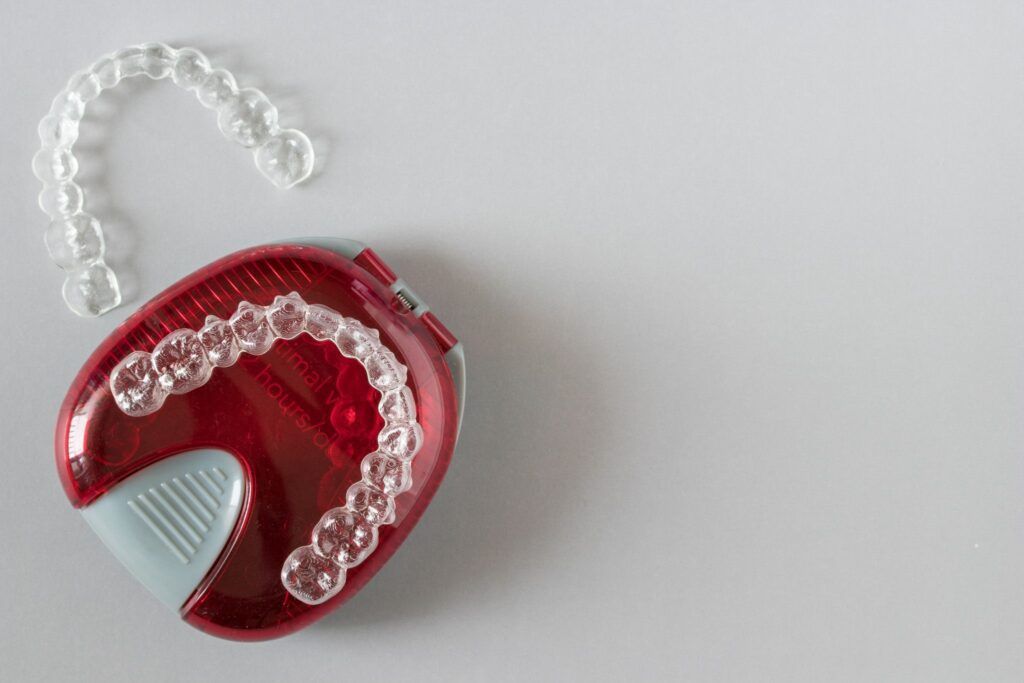What Causes Halitosis?
Bad breath can happen to anyone. In fact, studies show that 50 percent of adults have had bad breath, also known as halitosis, at some point in their lives. Dr. Leah Romay of Baltimore Dental Co. wants to help you understand the causes of bad breath so you “breathe freely.”
What Causes Bad Breath?
There are a number of reasons you might have bad breath. While most of the causes are harmless, some can be a warning of more serious medical conditions.
Bacteria
Our mouths are full of bacteria. These bacteria naturally live in your mouth because it is damp and dark. When you eat, these bacteria feed on the remnants of food left in your mouth. This process leaves a foul-smelling waste product behind that causes bad breath.
Dry Mouth
Your mouth may not be making enough saliva. Saliva is important because it constantly washes out your mouth. If you don’t have enough saliva, your mouth and teeth aren’t being cleaned as much as they should be. Dry mouth can be brought on by certain medications, untreated salivary gland issues or by breathing through your mouth. Staying properly hydrated is important to prevent a dry mouth. Doctors recommend drinking 2 liters of water, or eight 8 ounce bottles per day to prevent dehydration.
Gum Disease
Persistent bad breath that won’t go away or a constant bad taste in your mouth can be an indicator of advanced gum disease. Gum disease is when sticky, cavity-causing bacteria called plaque cause your gums to become infected and inflamed.
Medical Conditions
While it makes sense that gum disease and other mouth infections can cause bad breath, other medical conditions can also cause it. If your dentist has ruled out other dental or oral health issues and you brush and floss every day, your halitosis could be the result of another problem, such as a sinus condition, gastric reflux, diabetes, liver or kidney disease. In this case, see your healthcare provider as soon as possible.
How Can I Prevent Bad Breath?
Brush and Floss
Brushing twice daily and cleaning between your teeth daily with floss will help rid you of bacteria in your mouth that’s causing your bad breath.
Take Care of Your Tongue
Don’t forget to clean your tongue when you’re brushing your teeth. If you stick out your tongue and look at the very back, you’ll see a white or brown coating. That’s the area where most of the bacteria that cause bad breath can be found. Use your toothbrush or a tongue scraper to clean them off your tongue.
Mouthwash
Over-the-counter mouthwashes can kill some of the bacteria or neutralize and temporarily mask bad breath. However, this solution is only temporary. The longer you wait between brushing and flossing, the more likely your breath will be offensive.
Keep Saliva In Your Mouth
Eat healthy foods that require a lot of chewing, like carrots or apples and stay hydrated to keep plenty of saliva in your mouth. You can chew sugar-free gum or suck on sugar-free candies. Your dentist may also recommend artificial saliva if these quick fixes do not help.
Schedule Regular Appointments With Your Dentist
If you’re in the Baltimore, MD area and you’re concerned about what might be causing your bad breath, schedule an appointment to see Dr. Romay at Baltimore Dental Co. Regular check-ups will help Dr. Romay to spot any impending problems such as gum disease or dry mouth and stop them before they become more serious. If your mouth is healthy, you may be referred to your primary care doctor. To schedule a consultation with Dr. Romay at Baltimore Dental Co., call 410.833.4664 or make an appointment online.






